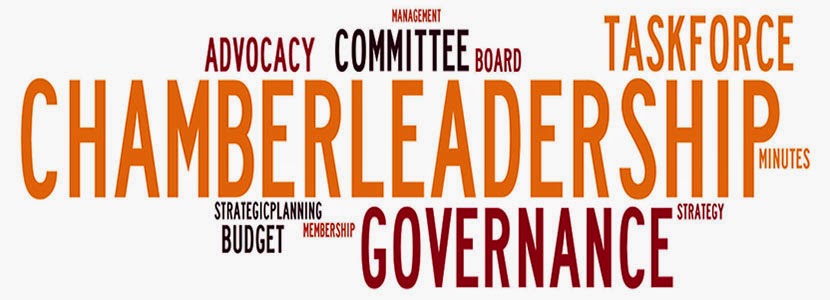I always enjoy Justin Patton's presentations on leadership. The latest was no exception. He started off talking about one’s “Presence vs Leadership Presence.”
He said we all have presence but that is very different then leadership presence. Some individuals have a presence that has a negative impact on others.
Justin talked about trust and stated that, “trust is the unwavering belief that you have my back.” He defined trust in terms of loyalty, security, engagement productivity.
He went on to talk about how ego (arrogant, condescending) is the biggest detriment to becoming a great leader and losing trust by lying, not being consistent, or accountable.
He then spent some time giving advice on how leaders who have lost that trust can take steps to repairing the trust they’ve lost.
- Take full accountability for your part;
- Ask for or extend forgiveness;
- Demonstrate a change in behavior; and
- Be willing and available to talk.
He went on to talk about how you can create your own roadmap to trust and offered the following comments:
Truth - people interpret the truth differently. Your truth is not the only truth.
- Actions of truth - candor, consistent, track record, take accountability.
Transparency - clarity. People fill in the holes with fear.
- Actions of transparency - share intentions, explain the why, be available, admit mistakes.
Tact - ability to manage your intensity (passive vs aggressive).
- Actions of tact - manage intensity, listen to understand, pause before responding, be aware of body language.
Togetherness - ability to put the relationship before yourself.
- Actions of togetherness - demonstrate empathy, honor boundaries, extend trust, apologize when needed.
He ended the webinar with the comment that the best leaders “Communicate to Build Trust, not Compliance.”
For more information about Justin Patton go HERE.


